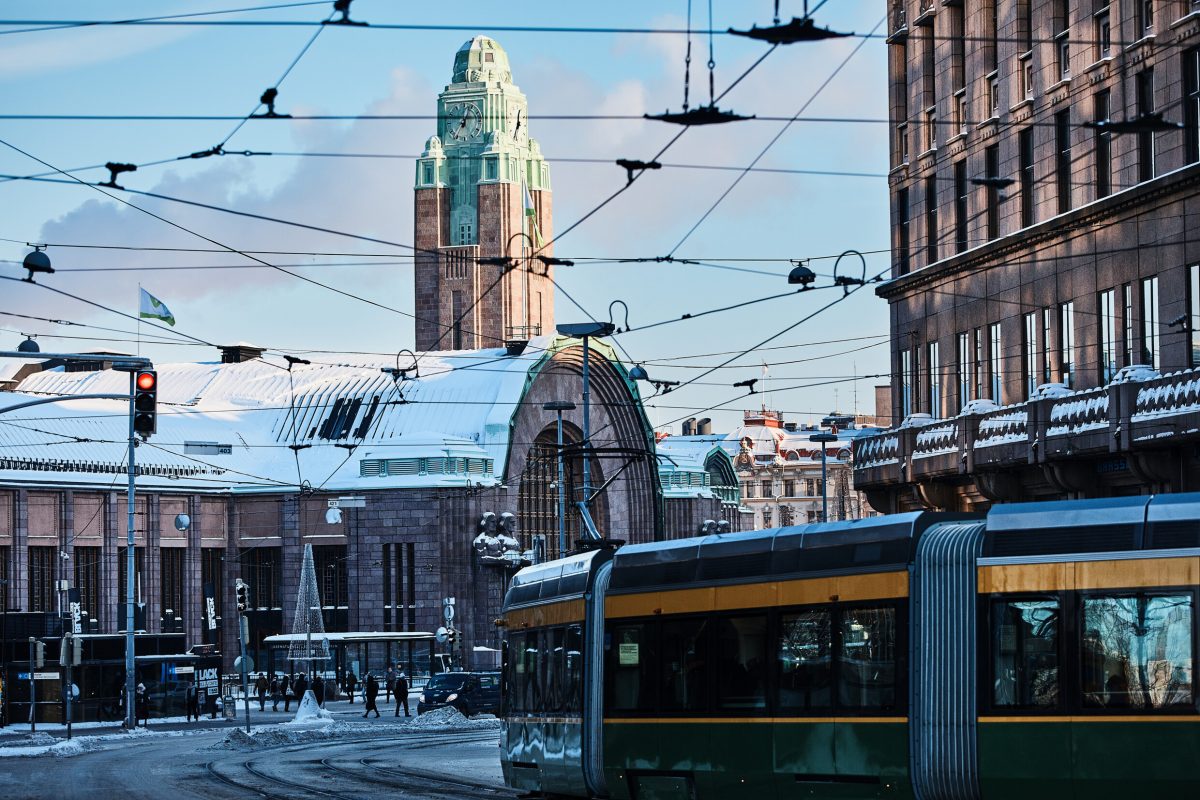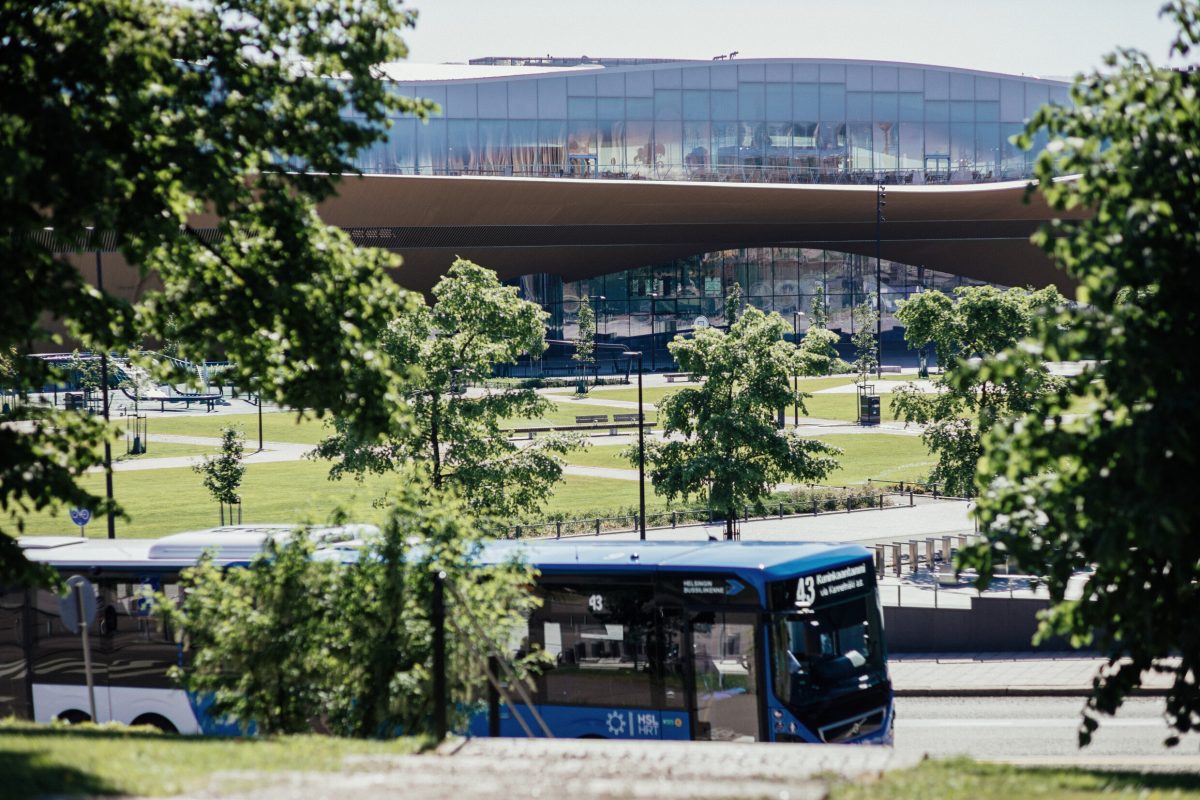Sustainable public transport
In accordance with the Helsinki City Strategy, Helsinki’s emission reduction work will focus, in particular, on the electrification of the transport system and the promotion of sustainable and smart transport solutions. If the strategy is implemented successfully, the emissions caused by traffic that are harmful to health will also be clearly reduced.
Helsinki makes efforts to steer the city’s growth while taking climate goals into account. Public transport is developed especially through the planning and implementation of light railway projects. Land use planning enables shorter daily journeys and better accessibility through sustainable modes of transport, as the urban structure is compacted, especially at railway nodes. Learn more about the plans and the city plan.

Helsinki works in cooperation with the municipalities in the region and strives to speed up finding regional solutions to reduce traffic emissions. This work is carried out, for example, in connection with MAL planning.

Kaupunkiliikenne Oy is responsible for the construction of the public transport infrastructure and for the operation and maintenance of metro trains and trams. It also organises the city bike service and operates Suomenlinna ferries through a subsidiary.
The basis is to produce sustainable mobility services that reduce emissions from traffic and enable the formation of a dense, rail-based urban structure.

Helsinki region transport (HSL) aims to cut local and carbon dioxide emissions from public transport by more than 90 per cent (2010–2025). The goal is also that by 2025 at least 30 per cent (about 400 vehicles) of HSL’s bus traffic fleet will be powered by electricity.